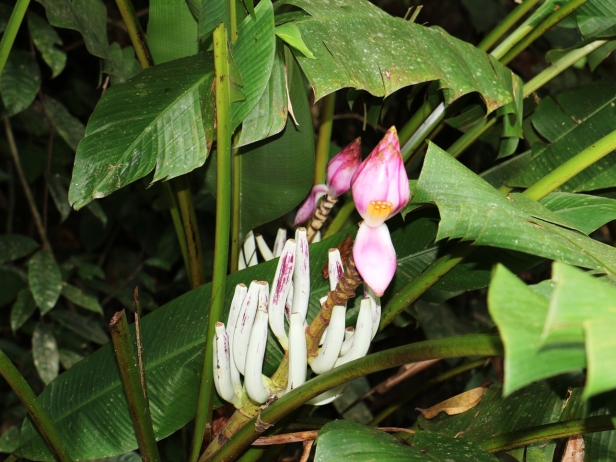There are an estimated 75 species of wild bananas in the world with a native distribution from the Himalayas to New Guinea. Borneo with 16 native wild species (15 endemics) is the world center of distribution. Within Borneo, the hills from Central Sarawak north to Kinabalu host the majority of Borneo’s banana species. Ulu Temburong is therefore right at the heart of world banana diversity. Four common wild bananas that grow next to the Ulu Ulu Resort are illustrated in this article. Several additional wild species grow along the two rivers, Sungai Temburong and Sungai Belalong upstream from the Ulu Ulu resort.






